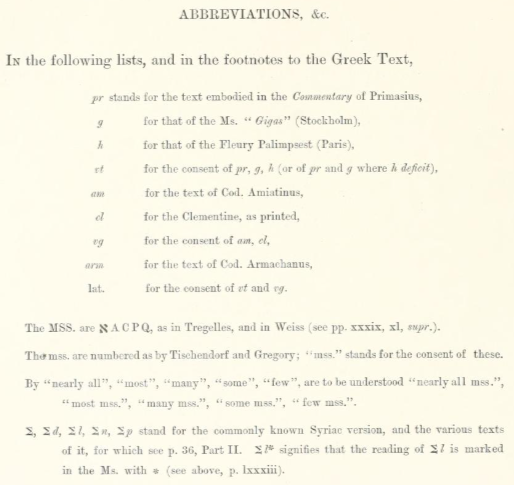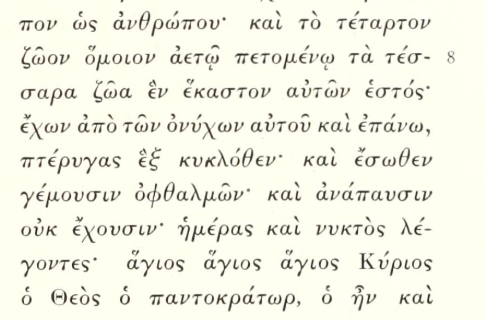Metzger's "The Early Versions of the New Testament: Their Origin, Transmission, and Limitations," provides a helpful overview of the versional evidence that can sometimes attest to a particular Greek Vorlage behind the translation.
Metzger's taxonomy provides a useful skeleton:
- Syriac (link to my analysis)
- Coptic (link to my analysis)
- Armenian (link to my analysis)
- Georgian (link to my analysis)
- Ethiopic (link to my very detailed analysis)
- "Minor Eastern" Versions
- Arabic (see discussion here)
- Nubian (Revelation fragments exist, but not of Revelation 16:5)
- Persian (Only a portion of Psalms remains, apparently, from Pre-Islamic times)(see more here)
- Sogdian (Revelation fragments apparently don't exist)
- Caucasian Albanian (Revelation is not part of the extant copies)
- Latin
- Vetus Latina (link to my analysis)
- Vulgate (link to my analysis)
- Gothic (Current reconstruction of Gothic Bible does not include Revelation)
- Old Church Slavonic (link to my analysis)
- "Minor Western" Versions (None of these include Revelation, however)
- Anglo-Saxon
- Old High German
- Old Saxon
As can be gleaned from the links above, we have already discussed the Ethiopic (Ge'ez) version at length, as also the Old Latin versions and the Vulgate in a variety of videos (mostly stemming from the usage of less literal Latin translations).


























